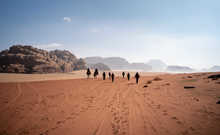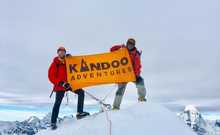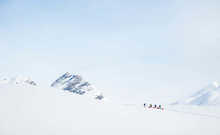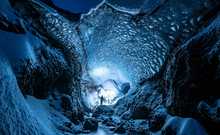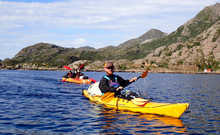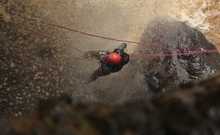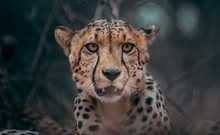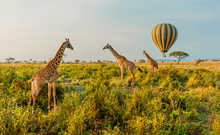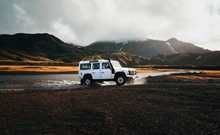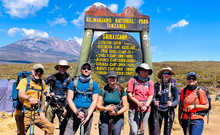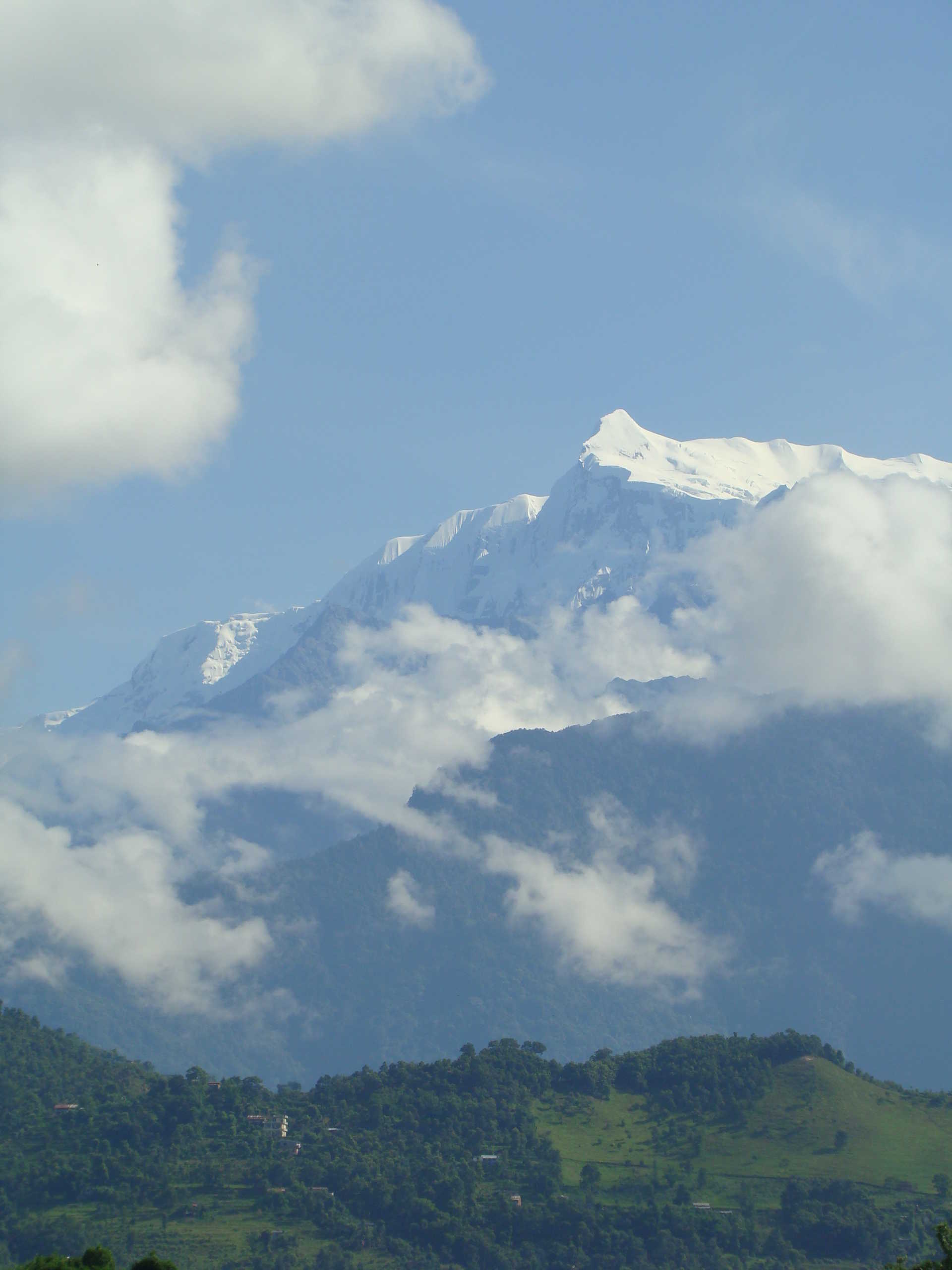Nepal is the one destination that Kandoo’s team go back to again and again. There is so much great trekking to do and we love the friendly people. First-time trekkers in Nepal are always wowed by the trek to Everest base camp, and once you have got the taste for the Himalaya, there is so much more you can do. There are 10 mountain regions in Nepal but many of these are very remote and almost nobody visits them, so trekking in Nepal really focuses on two regions. The Everest region, often referred to as the Khumbu, after the main valley coming down from Everest, and the Annapurna region. There is more information about each region and the great treks you can do below.
How to get to Nepal
Everest region treks
EVEREST BASE CAMP TREK | Trekking to Everest Base Camp is the adventure of a lifetime and, if time is short, this Everest base camp trek is the best option. From the exhilarating flight into Lukla, to standing on top of Kala Pattar to view Everest itself, this is a trek that you will always remember.
GOKYO LAKES TREK | A great Everest trek for the more adventurous hiker. This route leaves the classic trail at Namche and gets to Everest base camp via the Gokyo valley. It is a much quieter approach and makes for a circular route that avoids backtracking by heading up the Dudh Koshi valley, before crossing into the Khumbu to visit base camp.
THREE PASSES TREK | The ultimate trek in the Everest region, covering all the four main valleys in the Khumbu. It crosses three immense passes and hikes up three peaks for sensational views of all the tallest peaks from Cho Oyu in the West to Lhotse in the East.
ISLAND PEAK CLIMB | This is a real mountain expedition. It combines the Everest Base Camp trek with the chance to climb Island Peak for one of the best close up views of Everest, Lhotse and Nuptse. The climb itself is tough, but you do not need any technical skills as you will be led by one of our fantastic Everest Summiteer guides, ensuring you are in safe hands.
MERA PEAK CLIMB | At 6476m, Mera Peak is the highest trekking peak in Nepal. It does not take you to base camp, but it does have the best views of Everest in the whole region. Mera Peak is approached via the quiet Arun Valley, before ascending onto the long Mera glacier. As with the Island Peak climb, no previous technical experience is required.
Annapurna region treks
ANNAPURNA CIRCUIT | The full Annapurna Circuit is rightly considered one of the World’s greatest treks, and even in Nepal it stands out for the incredible variety of scenery it offers. Starting in sub-tropical meadows near Besi Sahar, it rises through ever more impressive alpine peaks before reaching the famous Thorung La pass.
POON HILL TREK | The Poon Hill Trek is the perfect choice if you are a novice trekker, or if you are really short on time. After a short flight into Pokhara, you trek up to Ghorepani, from there onto the view point at Poon Hill where there are breathtaking views of Dhaulagiri, Annapurnas and Machhapuchchre (Fishtail). You return to Pokhara by a circular route, avoiding the need to backtrack.
ANNAPURNA SANCTUARY TREK | One of the best shorter treks we operate, this trail starts by taking in one of the greatest view points in the Himalaya, Poon Hill above Ghorepani. From here the dawn view across the Annapurnas is breathtaking. Following this, the trek takes you into the heart of the Annapurna range where huge mountains tower above you on all sides, forming the amphitheatre of the Sanctuary.
MANASLU CIRCUIT | Manaslu sits immediately next to the Annapurna range within a closely managed conservation area, and the Manaslu Circuit shares the great views and panoramas that you see trekking around Annapurna. The big difference is that while the Annapurna Circuit is in nearly every collection of great treks, Manaslu is relatively unknown, so it is a lot quieter than its famous next door neighbour.
When to trek
You can find detailed advice on when to trek in our Nepal Travel Guide.
Training for your trek in Nepal
Generally the trekking in Nepal is not too difficult. Apart from on trekking peaks, there is nothing that compares with summit night on Kilimanjaro. What makes trekking in Nepal challenging is the altitude - you will be at a high altitude for the majority of the trek. The lack of oxygen in the air has a range of effects on the human body, but the most obvious is breathlessness. At Everest base camp there is half the oxygen content in the air that there is at sea level. This makes any exertion a lot harder, so the most important thing you can do is go slowly. Exerting yourself too hard is a great way to bring on altitude sickness.
In order to avoid getting altitude sickness you also have to limit the altitude gain in any day to 500m. This sometimes results in days when you can only work for 4-5 hours before you have to stop. So in terms of distance walked and the altitude climbed, a day's trekking in Nepal will be no more difficult than a typical day's hiking at home. Doing this for upwards of 12 days consecutively and at altitude do combine though to make any trek a tough challenge and you will need to be really fit when you arrive.
Flight delays in Nepal
Airports in the Himalaya are vulnerable to closure due to adverse weather conditions, and this can cause you to miss your scheduled trek. For example, Lukla airport in Nepal has been closed by fog, for several days running, several times in the last year. Jomsom airport, used by trekkers on the Annapurna Circuit, is also occasionally shut down due to high winds. Kandoo’s trek itineraries do take acclimatisation days into account, but we do not allow for flight delays or cancellations. As a result, we strongly advise you to include as much flexibility as possible into your travel plans, and try to arrive early (and be prepared to leave late) so that delays won’t spoil your trek. The extra time can easily be spent sight-seeing in Kathmandu, which is something most travellers would want to do in any case.
Lodges and food in Nepal
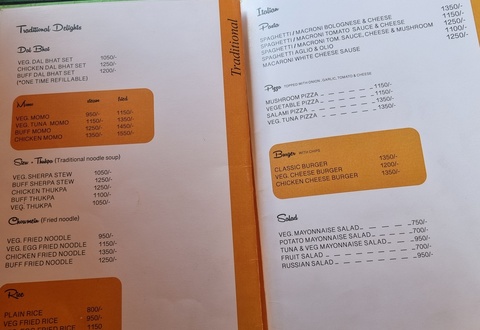
All of these comments on lodges relate to "standard lodges" but there are now a small but increasing number of "luxury lodges" - these are not on a par with a normal 3 star hotel but they will have heating, en-suite bathrooms and other home comforts. Upgraded accommodation can be provided on request and subject to availability on private treks only.
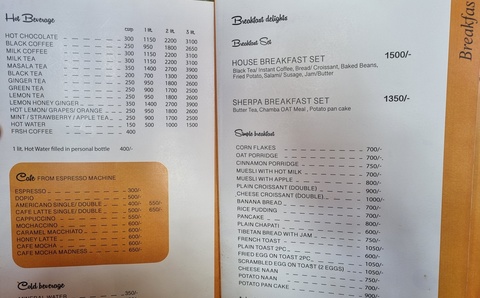
Toilets
Budget
We recommend that you take local currency on the actual trek with you, as the teahouses prefer local currency. You will also get a more favourable exchange rate in Kathmandu than in the mountains. If you are relying on a credit or debit card for emergency funds, make sure you tell your card issuer that you will be using it abroad, or you may find that it won't work when you really need it.
In Kathmandu a meal for two at a mid range restaurant will cost ~$20. A taxi will generally start on a base rate of $0.45 and then charge $0.4 for every km. Or you can ride the bus which will be around $0.15 for a 5km journey. Souvenirs in Kathmandu are generally on the cheaper side too. Whilst on the trek, we recommend that you budget £30 - £35 ($40 to $45) per day for meals and drinks.
Tips
We are members of the Trekking Agencies Association of Nepal and the Nepal Mountaineering Association, and follow their guidelines when recommending tip levels for guides and porters. The group tip can be given to your porters and guides during your celebratory meal on the final night of your trek. You will then say goodbye to your porters the following morning.
Other things to do in Nepal
Besides trekking, Nepal has some fantastic activities and a lots of spectacular festivals. White water rafting is extremely popular, and this is particularly good in the later Spring months when the glacier melt swells the rivers. For animal lovers, a visit to Chitwan on safari is an excellent option. This is best between October and February when the days are cooler and less humid. You can view rhinos and occassionally tigers as well as countless bird species, elephants, clouded leopard and wild boar. Whatever you see though, the jungle at Chitwan is a great destination and well worth a visit.
Cultural tours in Kathmandu are possible all year round, but the summer months are, again, best avoided. The main sites in Kathmandu including Boudhanath, Swayambhunath and Durbar Square can easily be visited in a day. If you have time, a day trip to Bhaktapur is also worthwhile If you can, try to fit in a Nepali festival. Nepalis are generally either Buddhists or Hindus , with a large number being both! The great advantage of this is that they celebrate all the important dates in both the Buddhist and Hindu calendar, as well as a number of other holidays. If you add up all the days of festivals, it comes to more than two months worth! Festivals specifically celebrated in the Everest region are the Mani Rimdu festival, in October/November, and the Dumji Festival, celebrated in May/June. Both are big colourful festivals and are worth adding into your trekking schedule if you have time.
